Home>Articles>How Long Does It Take To Fabricate Quartz Countertops


Articles
How Long Does It Take To Fabricate Quartz Countertops
Modified: October 27, 2024
Get valuable insights on fabricating quartz countertops with our articles. Learn about the time it takes and the process involved.
(Many of the links in this article redirect to a specific reviewed product. Your purchase of these products through affiliate links helps to generate commission for Storables.com, at no extra cost. Learn more)
Introduction
Quartz countertops have become increasingly popular in recent years due to their durability, aesthetic appeal, and low maintenance requirements. As homeowners and designers alike gravitate towards this versatile and elegant material, it is important to understand the fabrication process behind the creation of quartz countertops. Knowing how long it takes to fabricate quartz countertops can help you plan your renovation timeline and manage expectations.
Quartz is a man-made material that combines natural quartz minerals with polymer resins. This engineered stone offers the look and feel of natural stone but with enhanced durability and design flexibility. The fabrication process involves several steps, each crucial to ensuring the final result is a flawless and stunning quartz countertop.
In this article, we will explore the various stages involved in fabricating quartz countertops and delve into the factors that can affect the overall time it takes to complete the process. Whether you are a homeowner considering quartz countertops for your kitchen or a designer looking to understand the production timeline, this article will provide valuable insights.
Key Takeaways:
- Understanding the fabrication process of quartz countertops, including factors affecting timeline, helps homeowners and designers plan renovations effectively and anticipate stunning, durable surfaces for their spaces.
- The meticulous and multi-step fabrication process of quartz countertops involves skilled craftsmanship, precision, and attention to detail, resulting in beautiful, low-maintenance surfaces that continue to gain popularity in kitchen and bathroom designs.
Read more: How Long Does Quartz Countertops Last
What is Quartz?
Quartz is a naturally occurring mineral composed of silicon and oxygen atoms, known as silicon dioxide (SiO2). It is one of the most abundant minerals on Earth and comes in a variety of colors and forms. Pure quartz is transparent or translucent and is prized for its clarity and brilliance.
When it comes to quartz countertops, however, we are referring to engineered quartz or quartz composite. This type of quartz is created by combining natural quartz crystals with polymer resins and pigments to produce a durable and versatile material.
Engineered quartz offers numerous advantages over natural stone. It is highly resistant to stains, scratches, and heat, making it an ideal choice for kitchen countertops. Additionally, the manufacturing process allows for a wide range of colors and patterns to be achieved, giving homeowners and designers more design options to choose from.
The use of quartz in countertops has gained popularity due to its low maintenance requirements. Unlike natural stone, which may need to be sealed periodically, quartz countertops are non-porous and do not require sealing. This makes cleaning and upkeep a breeze.
Fabrication Process of Quartz Countertops
The fabrication process of quartz countertops involves several stages to transform raw quartz materials into beautiful and functional surfaces. Let’s take a closer look at each step:
- Selection and preparation of raw materials: The first step is to carefully select and prepare the raw materials. This includes choosing the appropriate quartz crystals, resins, and pigments that will be used in the fabrication process.
- Mixing: In this stage, the selected quartz crystals are combined with polymer resins and pigments. The mixture is carefully measured and blended to achieve the desired color and consistency.
- Pouring and curing: The mixed quartz and resin mixture is poured into molds of various sizes, depending on the desired countertop dimensions. The molds are then placed in a curing oven, where the material is subjected to heat and pressure. This process helps to bond the quartz crystals together and strengthen the material.
- Cutting and shaping: Once the slabs have cured, they are cut into the desired countertop shapes using specialized cutting tools. At this stage, the countertop dimensions are finalized according to project specifications.
- Edge profiling: The edges of the quartz countertop are then shaped and profiled. This can range from simple, straight edges to more intricate and decorative profiles such as beveled or bullnose edges. Edge profiling adds a finishing touch to the countertops and enhances their visual appeal.
- Joining pieces: For larger countertop installations or custom designs, multiple quartz slabs may need to be joined together. This is done using color-matched epoxy adhesives to create seamless and inconspicuous seams.
- Polishing and finishing: After the slabs are joined and any necessary adjustments are made, the countertops undergo a polishing process. This involves using progressively finer abrasives to achieve a smooth and glossy surface. The countertops are then thoroughly cleaned and inspected for any imperfections.
- Final inspection and packaging: The completed quartz countertops undergo a final quality control inspection to ensure they meet the desired specifications. They are then carefully packaged and prepared for shipping or installation.
The duration of the fabrication process can vary depending on factors such as the complexity of the design, the number of countertops being produced, and the availability of resources. On average, the fabrication process can take anywhere from a few days to a few weeks.
Cutting and Shaping
Once the quartz slabs have fully cured, the next step in the fabrication process is cutting and shaping the material into the desired countertop shapes. This stage requires precision and expertise to ensure accurate dimensions and a perfect fit for the installation. Let’s explore the cutting and shaping process in more detail:
The first step in cutting and shaping quartz slabs is to carefully measure and mark the dimensions of the countertops. Using specialized cutting tools, such as diamond blades or waterjet cutters, the slabs are then cut according to these measurements. It is essential to have accurate and precise cuts to achieve a seamless installation.
The cutting process involves making straight cuts to create the general shape of the countertop. This can vary depending on the project requirements, such as a rectangular or L-shaped countertop. Skilled fabricators ensure the slabs are cut with precision, maintaining the integrity of the material and minimizing wastage.
After the initial cuts, fabricators further refine the shape of the countertops through a process called shaping. Shaping involves rounding corners, creating curves, or chamfering edges to achieve the desired design and ensure a comfortable and aesthetically pleasing result. This step adds an extra level of customization to the countertops and allows for a seamless integration into the overall kitchen or bathroom design.
During the cutting and shaping process, professionals take precautions to minimize the generation of dust, as quartz is a hard material that can release particles when cut. Using water-based cutting techniques or employing dust collection systems helps to control dust and maintain a clean and safe working environment.
It is worth noting that intricate designs or complex shapes may require more time and expertise in the cutting and shaping stage. Additionally, the size and thickness of the slabs can also impact the time required. Thicker slabs may require multiple passes or more specialized equipment to achieve the desired shape.
Overall, cutting and shaping quartz countertops is a crucial step in the fabrication process. Skilled fabricators ensure precise measurements and meticulous attention to detail to create countertops that are not only functional but also visually appealing.
Edge Profiling
Edge profiling is a significant part of the fabrication process of quartz countertops. It involves shaping and finishing the edges of the countertops to enhance their visual appeal and provide a finished look. Edge profiles can range from simple and sleek to more intricate and decorative designs, adding a touch of elegance to the overall countertop design. Let’s explore the edge profiling process in more detail:
The first step in edge profiling is choosing the desired edge design. There are various options to choose from, including straight (also known as eased), beveled, bullnose, ogee, waterfall, and many more. The decision may depend on personal preference, the overall design theme, and the level of detail desired for the countertop.
Once the edge design is selected, skilled fabricators use specialized tools to shape and contour the edges accordingly. They carefully work on each edge, ensuring precision and consistency throughout. The tools used for edge profiling can include diamond router bits, diamond polishing pads, and CNC machines for more complex designs.
The edge profiling process not only adds aesthetic value to the countertops but also eliminates sharp corners and rough edges, making the countertops safer to use. It also prevents chipping or damage to the edges over time. The smooth and rounded profiles enhance the overall user experience and give the countertops a finished and polished look.
When selecting an edge profile, it is important to consider the overall design aesthetic and functionality of the countertops. For example, a beveled edge may work well in a modern and minimalist kitchen, while a more intricate and ornate ogee edge may suit a traditional or luxurious bathroom design.
The duration of the edge profiling process can vary depending on the complexity of the chosen design and the number of countertops being fabricated. It requires precision and attention to detail to ensure that each edge is shaped according to the desired profile.
Edge profiling is one of the final steps before polishing and finishing the countertops. It adds a personal touch to the design and completes the overall look of the quartz countertops, transforming them into stunning and functional surfaces for your kitchen or bathroom.
When fabricating quartz countertops, the process typically takes 1-2 weeks from measurement to installation. This includes cutting, shaping, polishing, and sealing the quartz.
Read more: What Are Quartz Countertops
Joining Pieces
In some cases, the fabrication of quartz countertops may require joining multiple pieces together to create a seamless and continuous surface. This step is necessary for larger countertop installations or custom designs that cannot be accommodated by a single slab of quartz. Joining pieces involves carefully bonding the individual sections to create a visually cohesive and structurally sound countertop. Let’s delve into the process of joining pieces in quartz countertop fabrication:
Firstly, fabricators ensure that the individual sections of quartz are cut and shaped accurately to fit together seamlessly. The edges of each section are carefully aligned to create a tight joint. This takes careful measurement and precision to ensure a flush and inconspicuous seam.
Once the sections are properly aligned, an epoxy adhesive is applied to the edges. The epoxy adhesive is specially formulated to bond quartz surfaces, creating a strong and durable connection. The color of the epoxy is carefully matched to the color of the quartz, ensuring that the seam is as discreet as possible.
The fabricators then apply pressure to the joined pieces to ensure a secure bond. Clamps or specialized tools may be used to hold the sections in place while the epoxy cures. This curing process typically takes a few hours to ensure a solid and reliable connection.
After the epoxy has fully cured, any excess adhesive around the seam is carefully removed and the joint is polished to create a smooth and seamless finish. This extra step helps to further disguise the seam and create a cohesive appearance across the entire countertop.
The joining process requires skill and attention to detail to ensure that the final result appears as a single, continuous piece of quartz. It is important to note that although the fabricators strive to create an inconspicuous seam, it may still be slightly visible upon close inspection. However, the vast majority of homeowners and visitors will not notice or be bothered by the seam when viewing the countertop from a normal distance.
It is worth noting that joining multiple pieces of quartz can add complexity and time to the fabrication process. The number of sections being joined, the intricacy of the design, and the size of the countertop all contribute to the overall time required for this step.
The joining of pieces is a critical part of fabricating quartz countertops, enabling the creation of larger and more customized designs. When done properly, the joined sections will appear seamless, allowing for a beautiful and functional countertop installation.
Polishing and Finishing
Polishing and finishing are the final steps in the fabrication process of quartz countertops. These crucial stages ensure that the countertops achieve a smooth, glossy surface that enhances their visual appeal and provides long-lasting durability. Let’s delve into the polishing and finishing process:
After the cutting, shaping, and joining of the quartz pieces, the countertops undergo a thorough polishing process. This involves using a series of progressively finer grits of abrasive materials to refine the surface and achieve a high-gloss finish.
The initial step in the polishing process involves rough grinding, which removes any roughness or unevenness on the surface of the countertops. This is done using coarse diamond abrasive pads or wheels. The rough grinding process helps to flatten the surface and prepare it for the subsequent stages of polishing.
As the process progresses, fabricators gradually use finer grits of abrasive materials to achieve a smoother and more polished surface. This eliminates any visible scratches or imperfections left from the previous stages. The aim is to achieve a uniform and reflective finish that brings out the natural beauty of the quartz.
During the polishing process, water is often used as a lubricant and to help keep the surface cool. This prevents the quartz from overheating, which can damage the material. It also helps to control dust and ensures a cleaner working environment.
Once the desired level of polish is achieved, the countertops undergo a final finishing stage. This involves cleaning the surface thoroughly to remove any residue or polishing compounds. The countertops are inspected for any remaining imperfections or blemishes. If necessary, additional polishing and touch-ups are done to achieve a flawless surface.
After the final inspection and touch-ups, the countertops are fully cleaned and prepared for installation. They are carefully packaged to prevent damage during transportation or installation.
The duration of the polishing and finishing process can vary depending on factors such as the size of the countertops and the level of complexity in achieving the desired finish. Additionally, the expertise and skill of the fabricators play a significant role in ensuring a flawless and stunning result.
Polishing and finishing not only enhance the aesthetic appeal of quartz countertops but also provide a protective layer that makes the surface resistant to staining and easier to clean. The result is a beautiful, durable, and low-maintenance surface that will enhance any kitchen or bathroom design.
Final Inspection and Packaging
The final inspection and packaging stage is a crucial part of the fabrication process for quartz countertops. It ensures that the countertops meet the desired quality standards and are ready for installation. Let’s take a closer look at what happens during the final inspection and packaging process:
During the final inspection, the fabricated quartz countertops undergo a thorough quality control check. Skilled fabricators meticulously examine each countertop to ensure that it meets the specified dimensions, edge profiles, and finishes. They inspect the surface for any visible flaws, scratches, or chips. Any imperfections are addressed at this stage to ensure that the countertops are in optimal condition before they leave the fabrication facility.
In addition to visual inspection, fabricators also perform functionality tests. They check that the countertops are leveled and properly balanced, ensuring a stable and secure installation. They also evaluate the functionality of any additional features, such as the placement of sink cutouts and the alignment of faucet holes.
Once the countertops pass the final inspection, they are carefully packaged to protect them during transportation and installation. Fabricators use materials such as foam padding, corrugated cardboard, and shrink wrap to safeguard the countertops from scratches, chips, and other potential damage. The packaging is designed to withstand the rigors of transportation and handling, ensuring that the countertops arrive at their destination in pristine condition.
Labeling and documentation play a crucial role in the packaging process. Each countertop is appropriately labeled with information such as the customer’s name, order number, and relevant specifications. This helps to ensure accurate identification and installation at the destination site.
Depending on the size and weight of the countertops, additional measures such as palletizing or crating may be employed to facilitate safe handling and stacking during transportation.
During the packaging stage, detailed records and documentation are also prepared. This includes important information about the countertops, such as the fabrication details, warranty information, and care instructions. These documents are provided to the customer upon delivery, ensuring that they have all the necessary information for proper installation and maintenance of the countertops.
Overall, the final inspection and packaging stage is critical in ensuring the quality and protection of the fabricated quartz countertops. Skilled fabricators meticulously assess each countertop, address any issues, and package them securely for transportation. This attention to detail and care in handling enhances customer satisfaction and ensures that the countertops arrive in optimal condition for installation.
Factors Affecting Fabrication Time
The time it takes to fabricate quartz countertops can vary depending on several factors. Understanding these factors can help you manage your expectations and plan your renovation timeline more effectively. Here are some key factors that can affect fabrication time:
- Complexity of the design: Intricate or custom designs can add significant time to the fabrication process. If your project requires intricate edge profiles, non-standard dimensions, or unique shapes, it will require more time and precision to achieve the desired result.
- Number of countertops: The more countertops you need for your project, the longer the fabrication process will take. Each countertop requires individual measurements, cutting, shaping, and other fabrication steps. The larger the quantity, the more time it will take to complete the fabrication process.
- Availability of materials: The availability of quartz slabs and other necessary materials can affect fabrication time. If there are delays in sourcing the specific quartz color or if certain materials are back-ordered, it can impact the overall production timeline.
- Efficiency of the fabrication facility: The efficiency and workload of the fabrication facility can influence the fabrication time. A highly organized and well-equipped facility with an experienced team can complete the fabrication process more efficiently. On the other hand, if there are capacity constraints or technical issues, it can result in longer lead times.
- Installation schedule: If you have a specific installation date in mind, it is important to consider that when planning the fabrication timeline. Coordinating with the installers and ensuring that they have availability within the desired timeframe can help align the fabrication and installation schedules.
- Additional customization: If you require additional customization such as integrated sinks, cutouts for cooktops, or intricate details, it will increase the time needed for fabrication. These customizations often require precise measurements and intricate craftsmanship, adding complexity to the fabrication process.
- Quality control and inspection: A thorough quality control and inspection process is essential to ensure that the countertops meet the desired standards of quality. This process takes time and helps to identify any imperfections or issues that need to be addressed before the countertops are deemed ready for installation.
It is important to note that fabrication time can vary from one project to another. The complexity of the design, the number of countertops, material availability, and the efficiency of the fabrication facility are some of the key factors that can affect the overall fabrication time. It is advisable to consult with your fabricator to get a more accurate estimate based on the specific details of your project.
Read more: How Much Heat Can Quartz Countertops Take
Conclusion
Fabricating quartz countertops involves a meticulous and multi-step process that transforms raw quartz materials into beautiful and functional surfaces. Understanding the fabrication process and the factors that can affect the timeline is crucial for homeowners and designers alike.
Quartz countertops offer a durable and low-maintenance alternative to natural stone, with a wide range of colors and patterns to choose from. The fabrication process includes selecting and preparing raw materials, mixing the quartz and resin mixture, pouring and curing the slabs, cutting and shaping, edge profiling, joining pieces, polishing and finishing, and a final inspection and packaging.
The time it takes to fabricate quartz countertops can vary depending on factors such as the complexity of the design, the number of countertops, availability of materials, efficiency of the fabrication facility, installation schedule, additional customization, and the quality control process.
By understanding these factors, homeowners and designers can better plan their renovation timeline and manage expectations. It is important to communicate with the fabricator to get a more accurate estimate based on the specific details of the project.
The fabrication process of quartz countertops requires the skills and expertise of professionals who are well-versed in cutting, shaping, joining, and finishing techniques. From precise measurements to intricate edge profiles, the fabricators take great care to ensure that each countertop meets the desired specifications and quality standards.
With their durability, aesthetic appeal, and low maintenance requirements, quartz countertops continue to gain popularity in kitchen and bathroom designs. By understanding the fabrication process and the time it takes to create these stunning surfaces, homeowners and designers can make informed decisions and create functional and beautiful spaces.
In conclusion, the fabrication of quartz countertops is a meticulous and multi-step process that requires skill, precision, and attention to detail. By understanding the factors influencing the fabrication time, homeowners and designers can better plan their renovation projects and anticipate the beautiful end result—a quartz countertop that will enhance their space for years to come.
Frequently Asked Questions about How Long Does It Take To Fabricate Quartz Countertops
Was this page helpful?
At Storables.com, we guarantee accurate and reliable information. Our content, validated by Expert Board Contributors, is crafted following stringent Editorial Policies. We're committed to providing you with well-researched, expert-backed insights for all your informational needs.
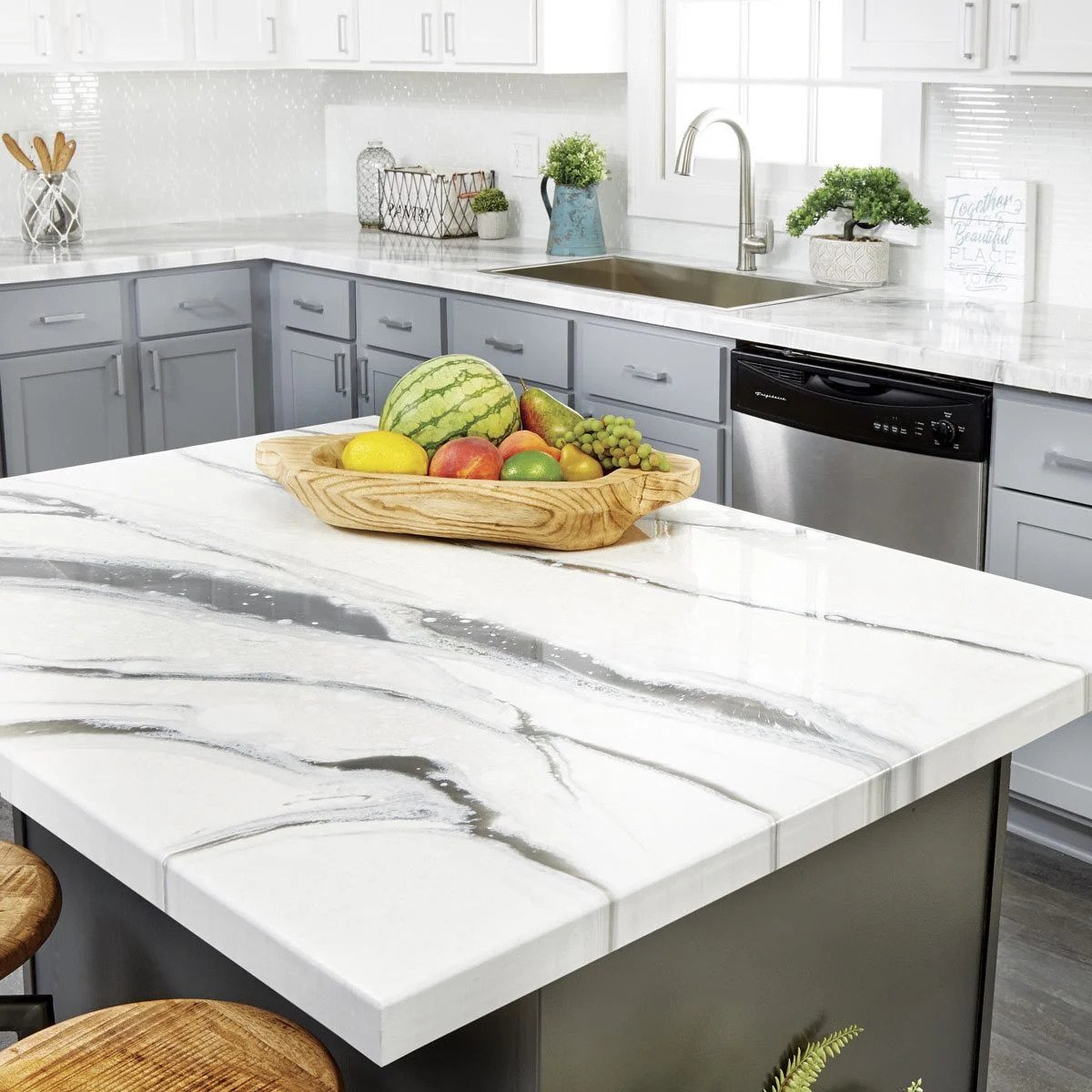
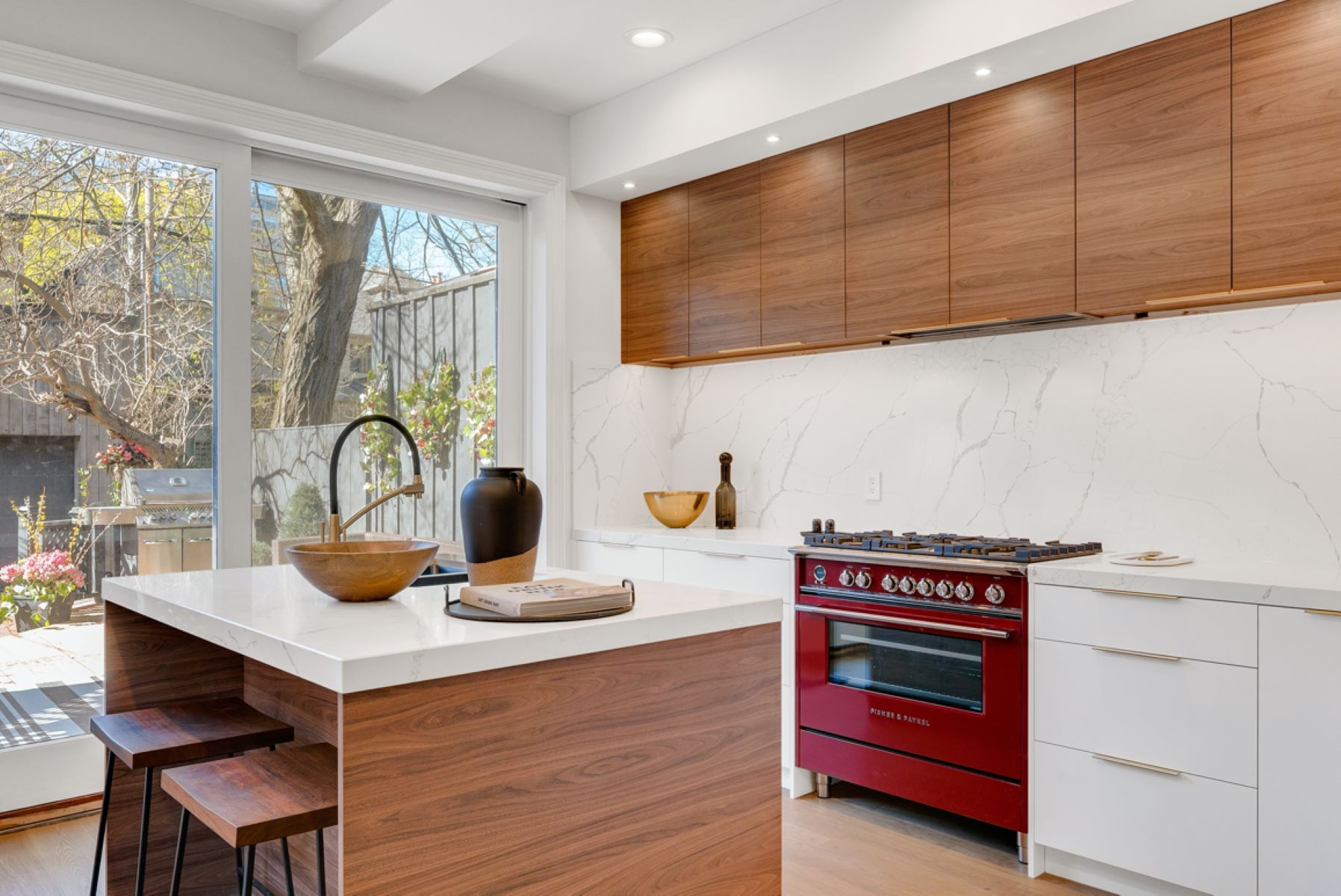
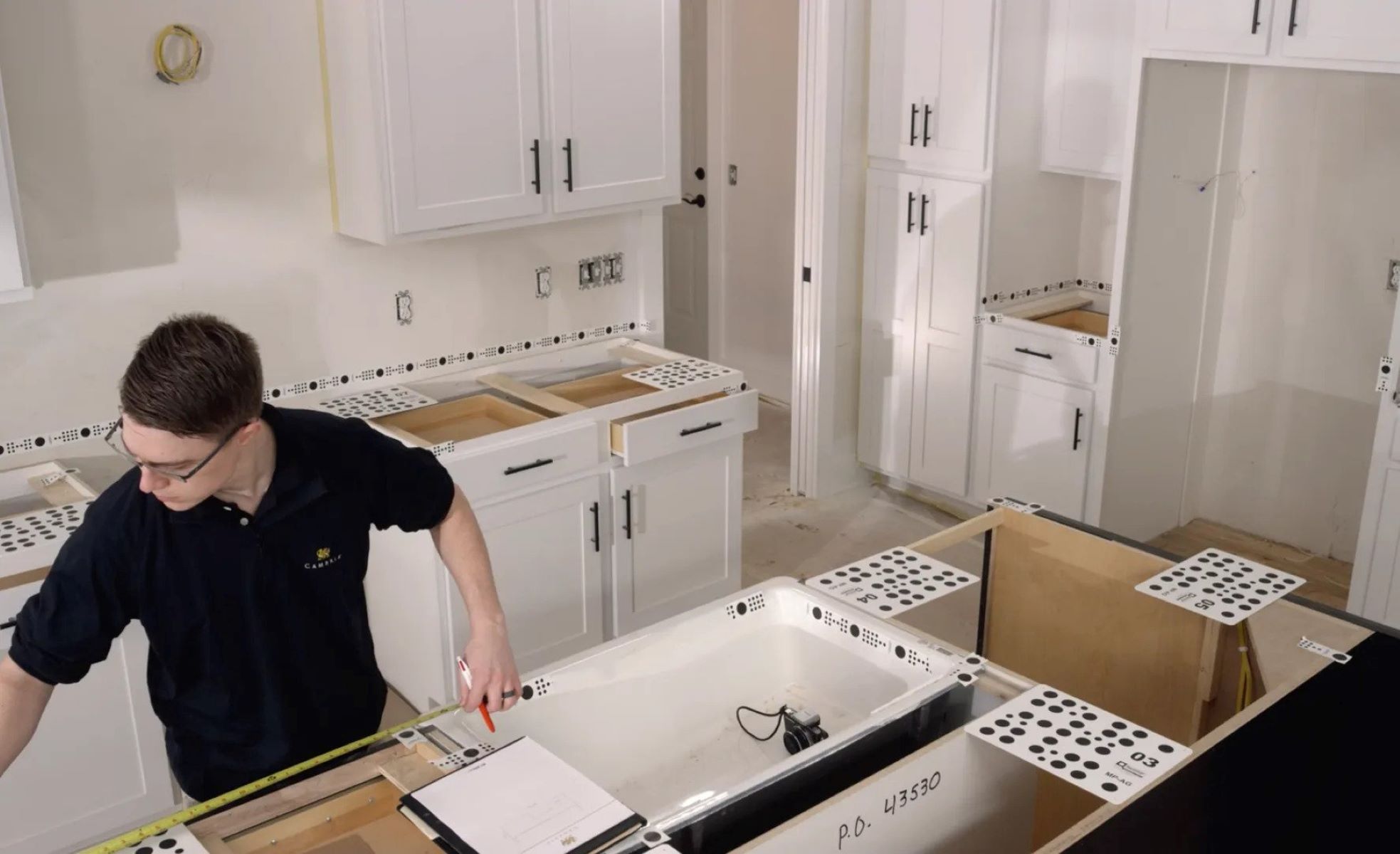
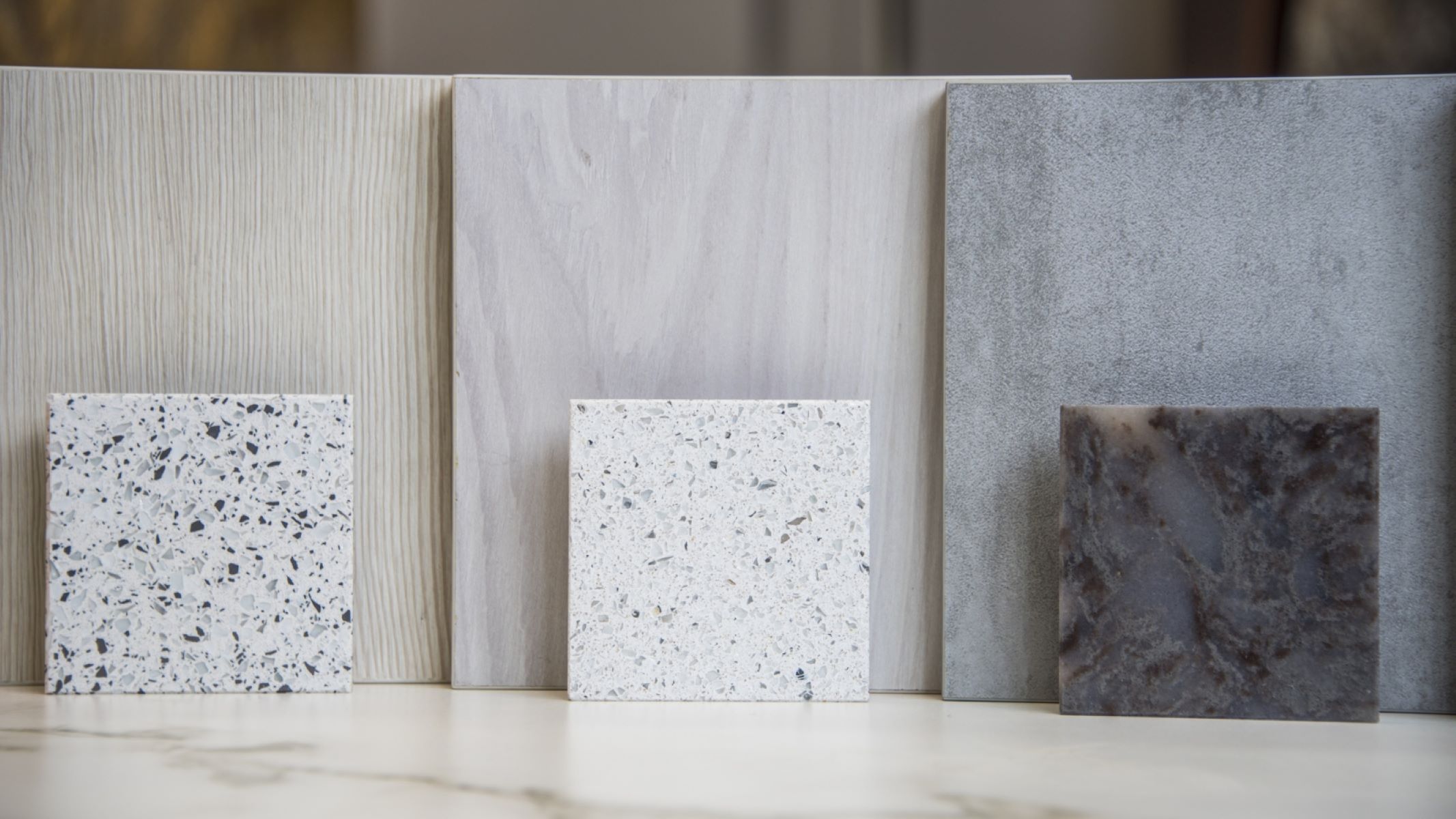
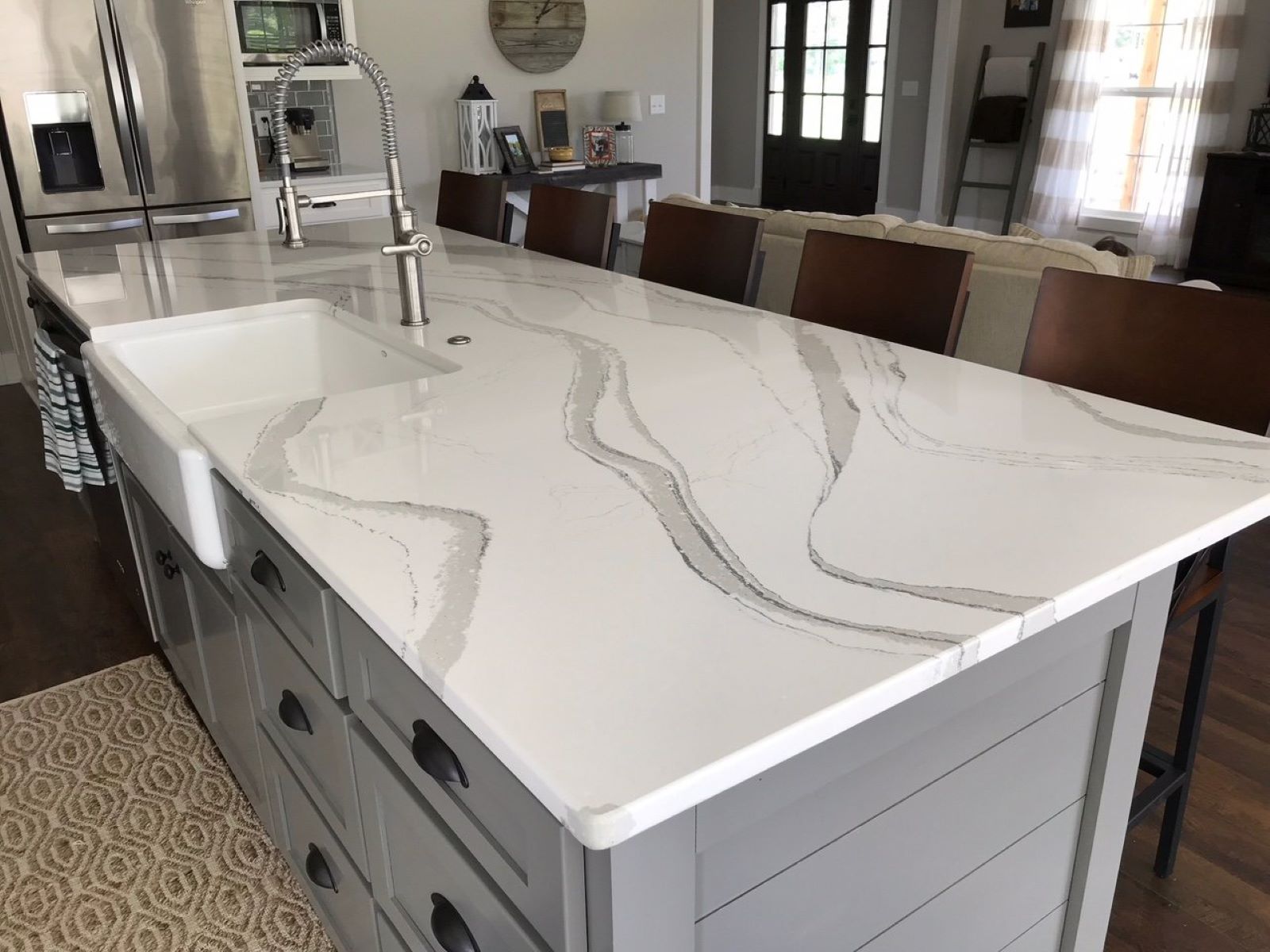
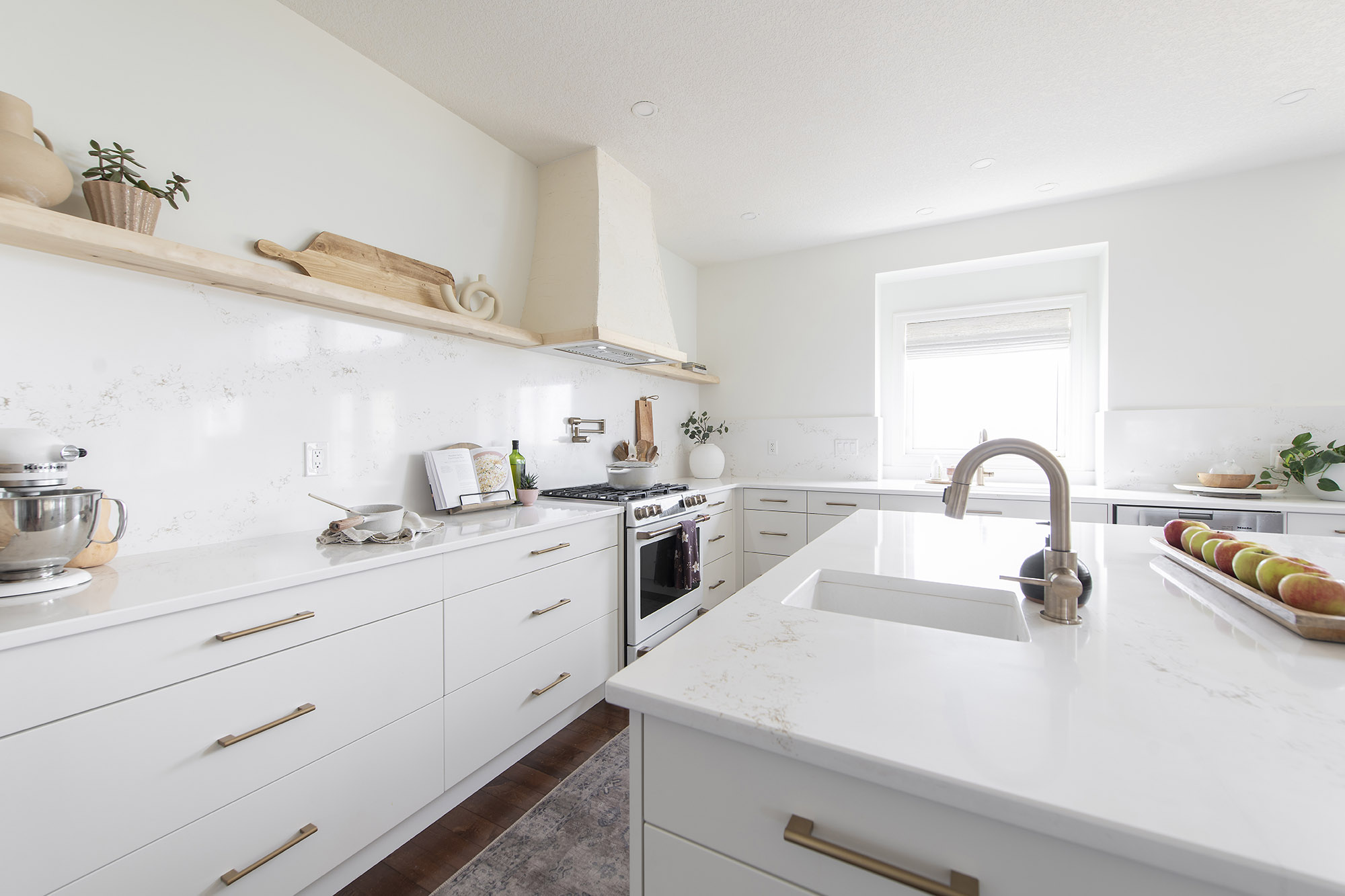
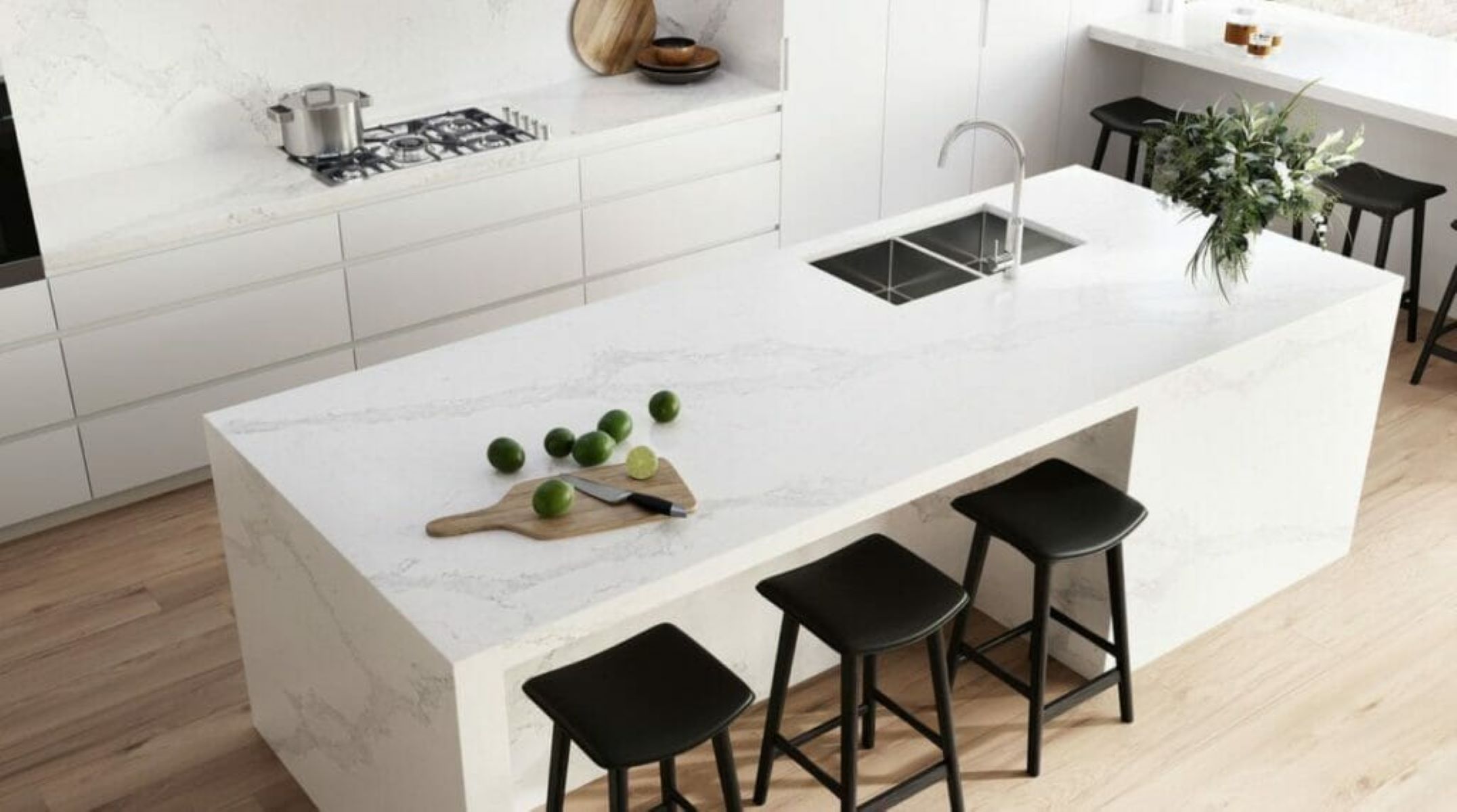
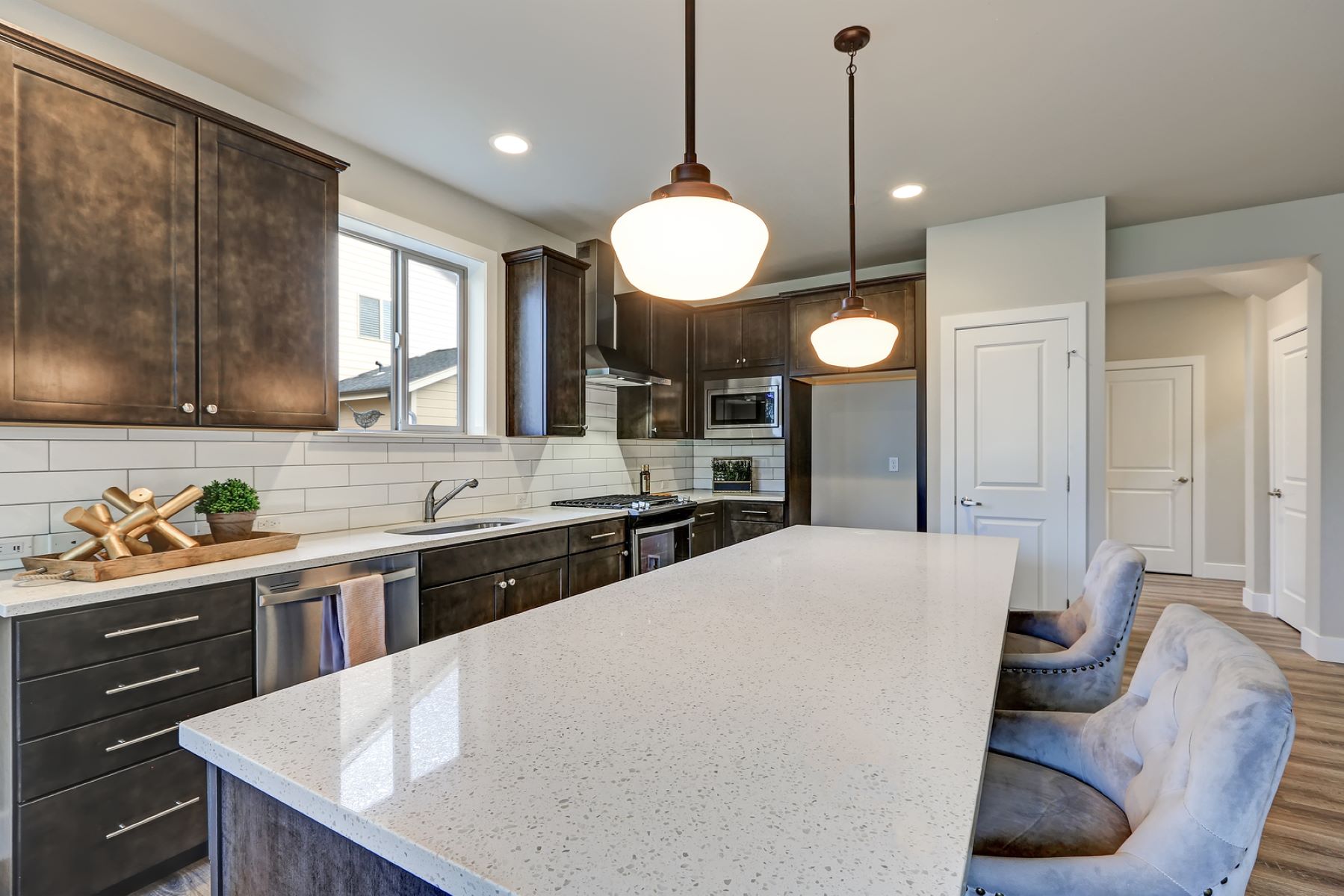
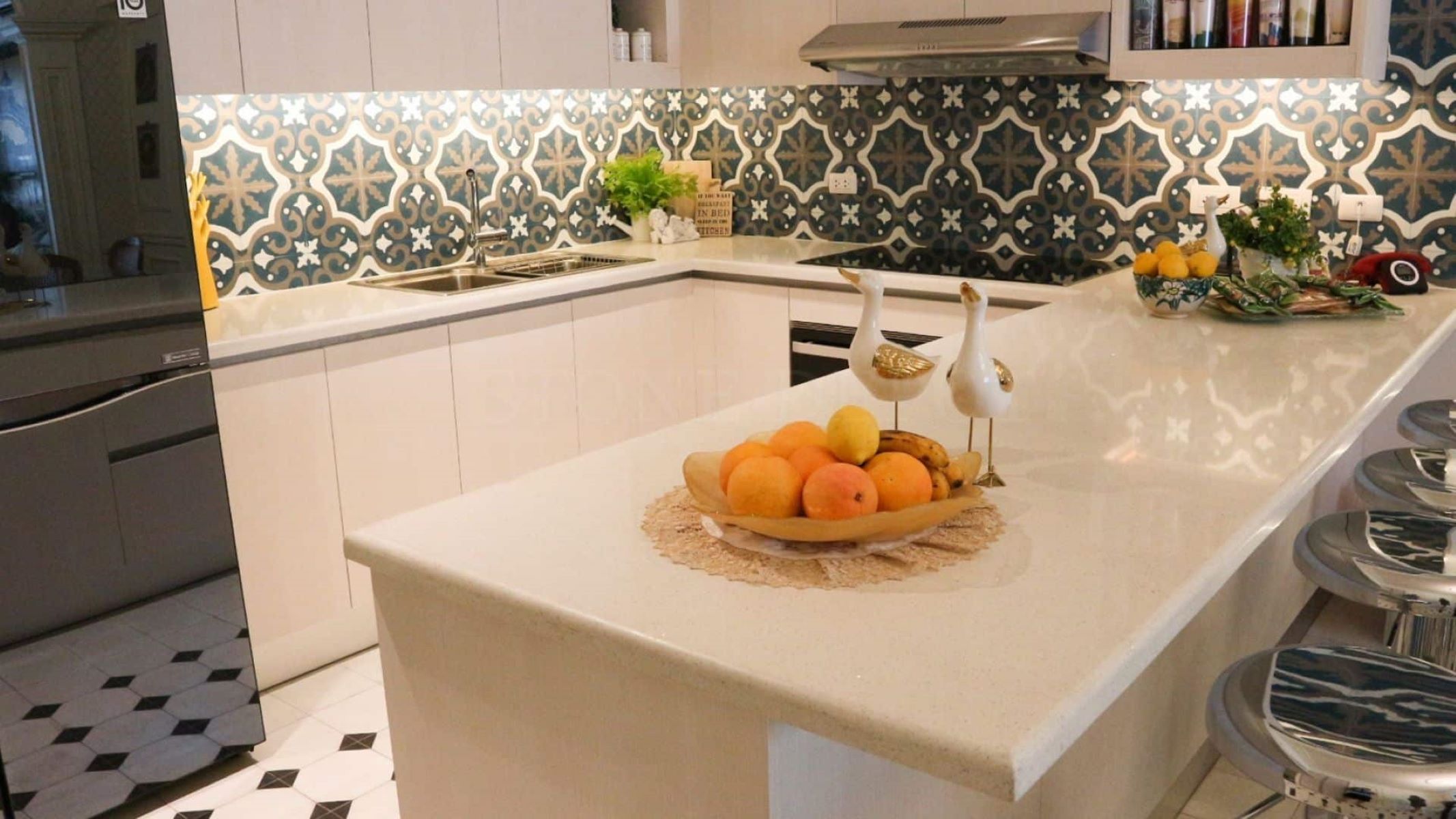
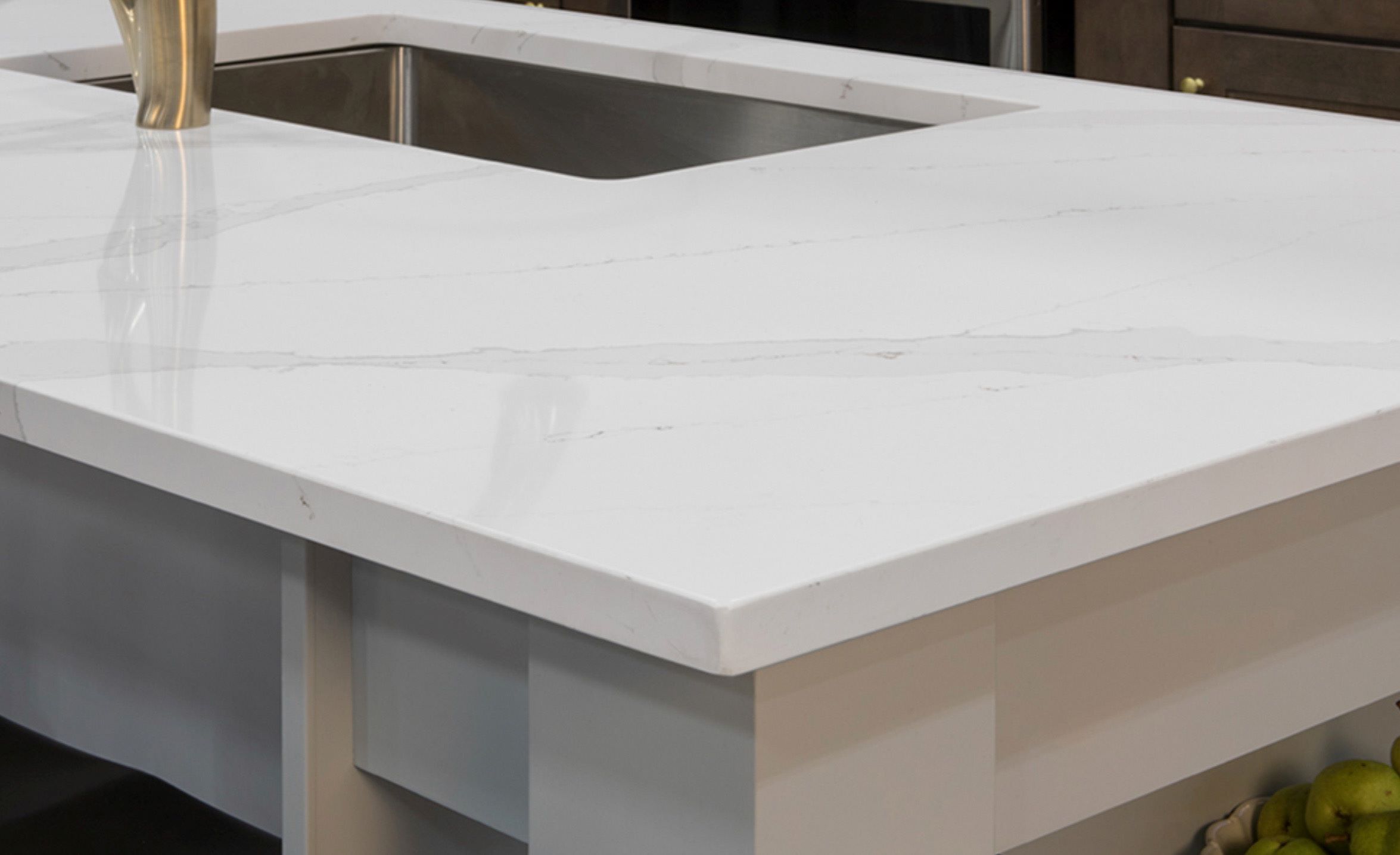
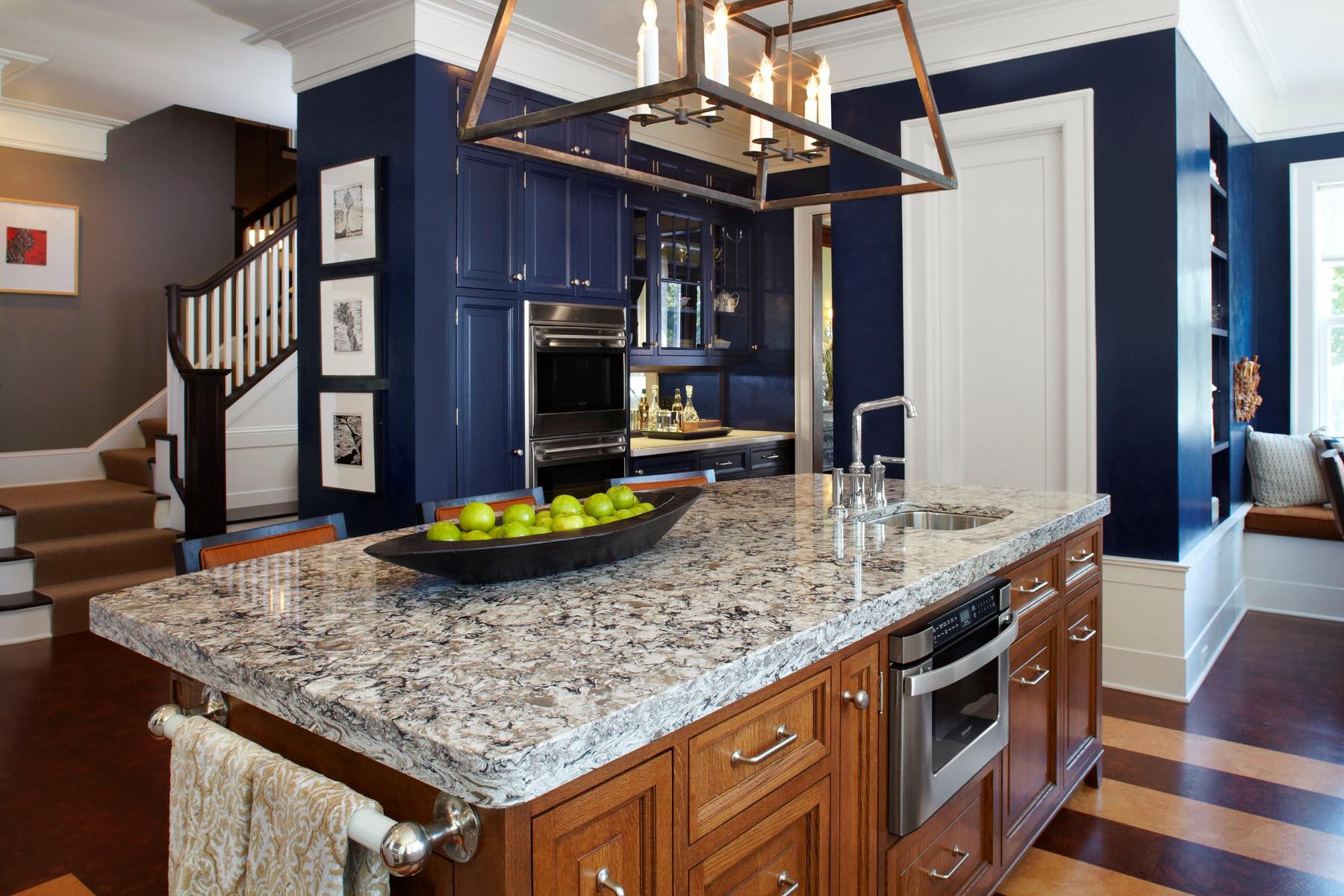
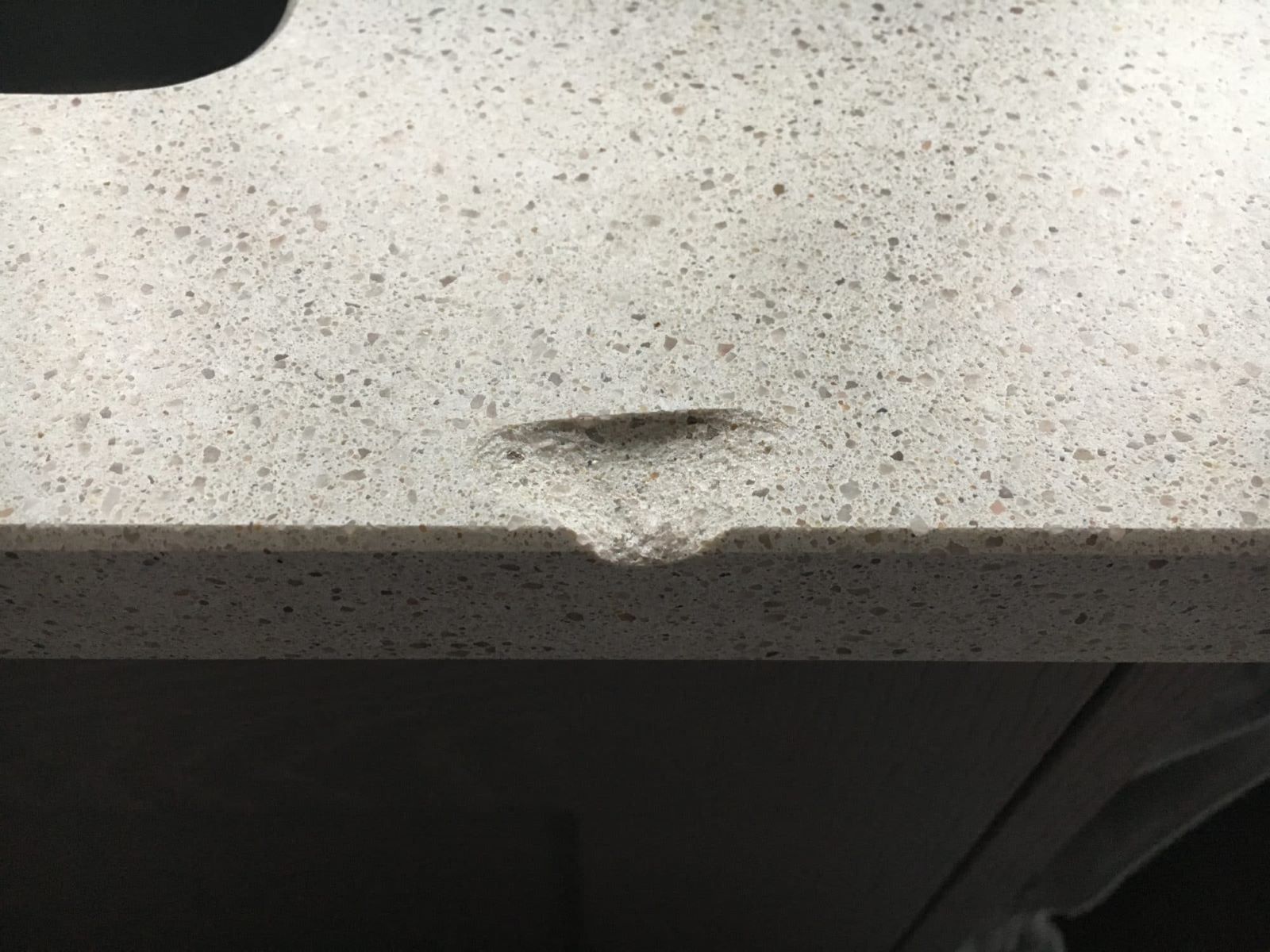


0 thoughts on “How Long Does It Take To Fabricate Quartz Countertops”